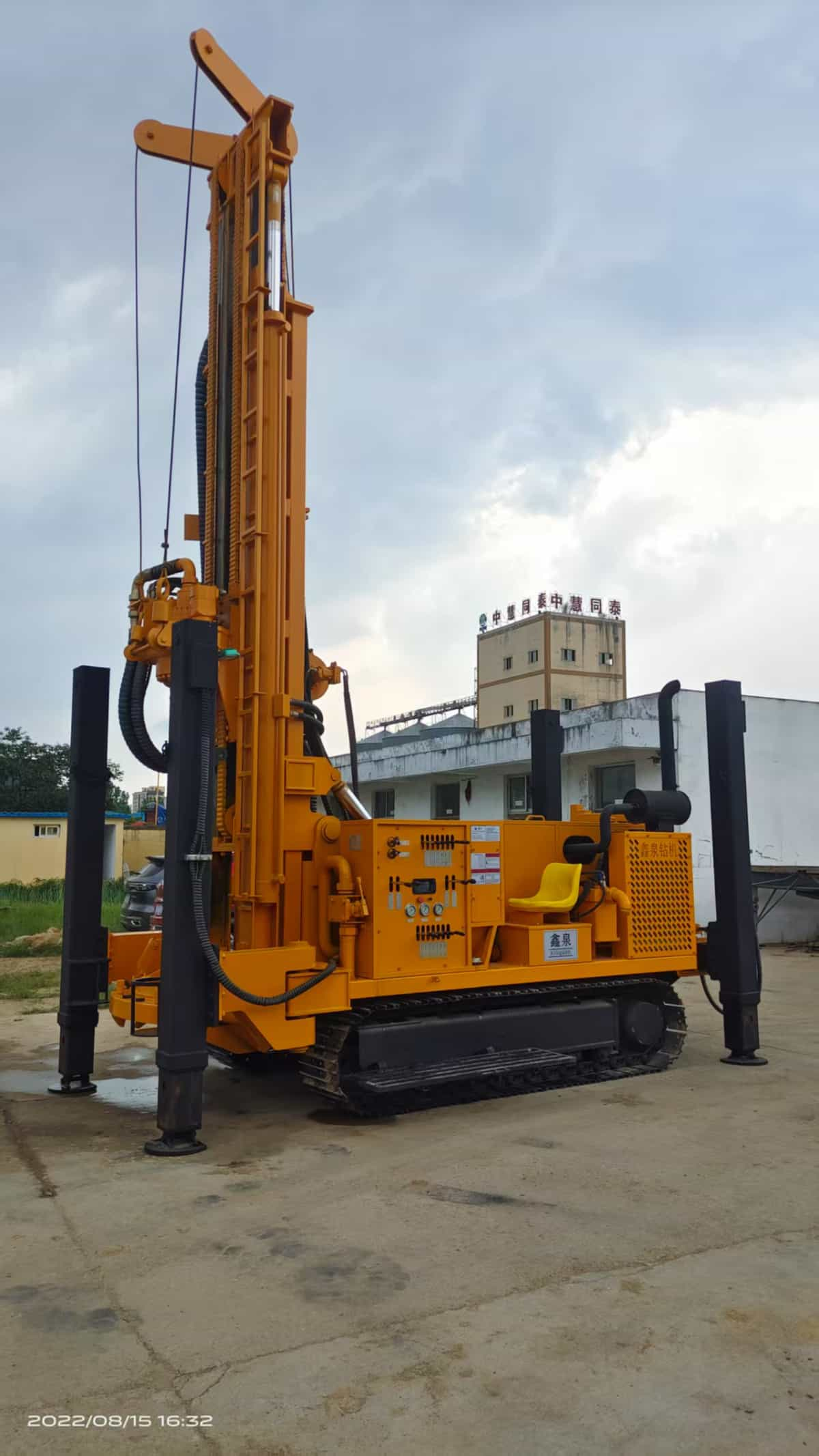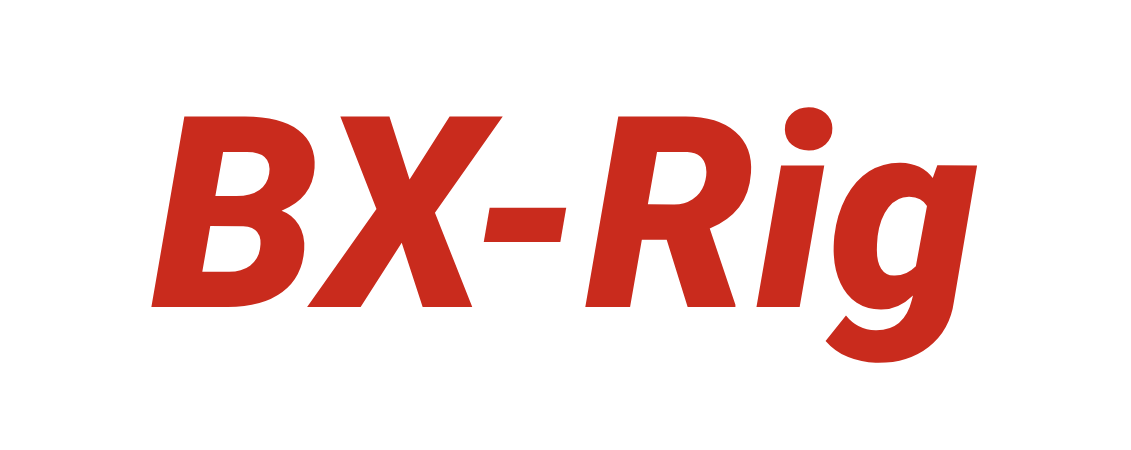Using standard steel-tooth bits in hard rocks leads to rapid tooth wear,
blunting,
or fracturing due to insufficient hardness,
shortening bit lifespan.water well drilling rig
Tungsten carbide bits in sticky formations cause bit balling, reducing efficiency and accelerating wear from poor cuttings removal.
Conduct detailed surveys to determine hardness, abrasiveness, and plasticity, guiding data-driven bit selection.
- Hard Rock Formations: Use high-hardness alloy bits (例如, tungsten carbide or PDC) for enhanced wear resistance.
- Soft Plastic Formations: Opt for spiral bits with specialized designs to prevent bit balling and improve cuttings evacuation.
Remove debris and mud promptly after each job to prevent buildup that exacerbates wear in subsequent operations.
- Regularly check for worn/damaged teeth and body cracks.water well drilling rig
- If abnormal wear occurs, prioritize verifying material-formation compatibility and replace bits as needed.
Categorize used bits by material and wear level for efficient repair or recycling.water well drilling rig
Conclusion: A three-pronged approach of formation matching, precise selection, and scientific maintenance optimizes bit longevity and operational efficiency.
 2. Targeted Solutions
2. Targeted Solutions 邦欣钻机
邦欣钻机